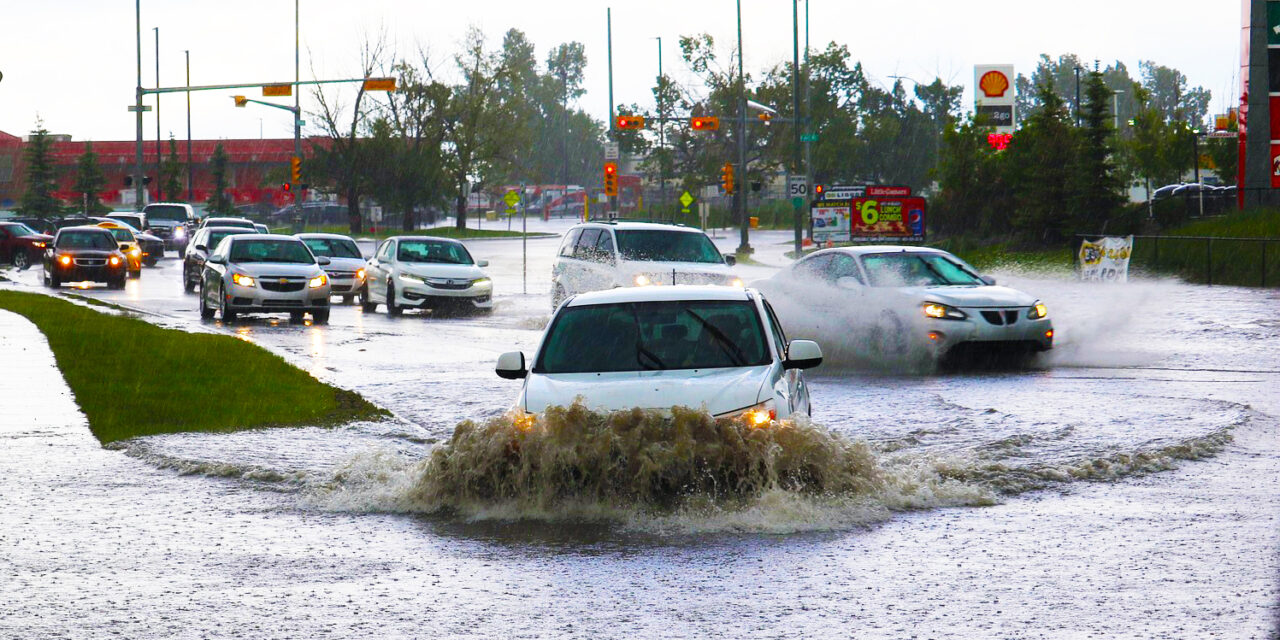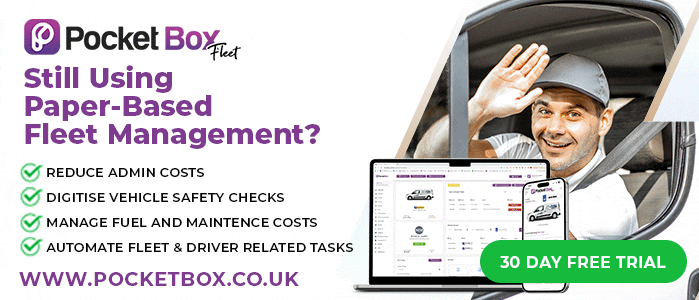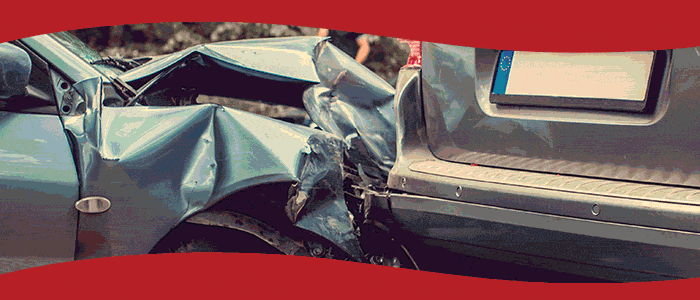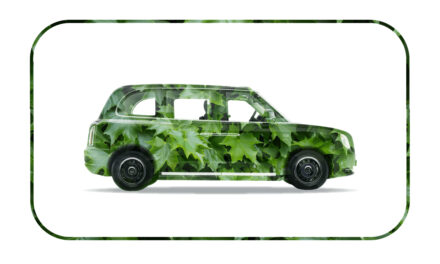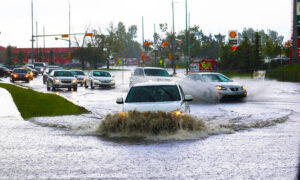As the weather becomes more unpredictable, heavy rainfall and flash floods are increasingly common. While a flooded road might seem like a minor inconvenience, it can quickly escalate into a dangerous situation for drivers. Understanding the risks and how to navigate them is crucial for staying safe during wet conditions.
Why Driving Through Flooded Areas Is Risky
Flooded roads are deceptively dangerous. Just six inches of fast-moving water can knock a person off their feet, and one foot of water can sweep away most vehicles. Here’s why you should always think twice before attempting to drive through a flooded area:
- Loss of Traction: Water reduces tire grip, making it difficult to control your vehicle.
- Engine Damage: Driving through deep water can cause water to enter the engine, potentially leading to costly repairs or complete engine failure.
- Hidden Hazards: Floodwater often conceals potholes, debris, and even collapsed sections of road.
- Vehicle Submersion: If the water level rises above your exhaust or air intake, your vehicle could stall, leaving you stranded.
Safety Tips for Driving in Flooded Conditions
If you must drive in very wet conditions, here are some essential tips to ensure your safety:
1. Avoid Flooded Roads Whenever Possible
The safest option is to avoid driving through floodwaters altogether. Look for an alternate route or wait for the water to recede. Always follow road closure signs and advice from local authorities.
2. Gauge the Depth of the Water
If you’re unsure of the depth, do not proceed. Floodwaters can be deceiving, especially at night. Never assume it’s shallow enough to cross safely.
3. Drive Slowly and Steadily
If crossing shallow water is unavoidable:
- Drive in first gear at a slow, steady speed.
- Avoid sudden accelerations or braking, as this can cause you to lose control.
- Keep your revs high to prevent water from entering your exhaust.
4. Test Your Brakes After Exiting the Water
Once you’re clear of the water, test your brakes by applying light pressure to ensure they’re working correctly. Wet brakes can reduce stopping power, so take extra care until they dry out.
5. Keep a Safe Distance
In wet conditions, increase the distance between your vehicle and the one ahead. Wet roads mean longer stopping distances, so giving yourself extra space can prevent rear-end collisions.
6. Stay Alert for Hydroplaning
Hydroplaning occurs when water builds up between your tires and the road surface, causing a loss of traction. If you feel your car hydroplaning:
- Ease off the accelerator.
- Steer straight until you regain control.
- Avoid harsh braking or turning.
7. Carry an Emergency Kit
Prepare for the unexpected by keeping an emergency kit in your car. Include essentials such as a flashlight, high-visibility jacket, tow rope, and a first-aid kit.
8. Know Your Vehicle’s Limits
Smaller cars and low-slung vehicles are more susceptible to flood damage. SUVs and trucks might have higher clearance but are not invincible. Know your vehicle’s limits and don’t push them.
What to Do If Your Vehicle Stalls in Water
If your vehicle stalls in a flooded area:
- Turn Off the Engine: This prevents further water damage.
- Exit Safely: If the water is rising, abandon your vehicle and move to higher ground. Prioritise your safety over your vehicle.
- Call for Help: Contact emergency services if you’re stranded or need assistance.
Driving through flooded areas is more dangerous than it seems. By exercising caution, staying alert, and following these safety tips, you can significantly reduce the risks associated with wet weather driving. Remember: no journey is worth risking your life. When in doubt, turn around—don’t drown.
Stay safe on the roads, and always prioritise your safety over convenience.

